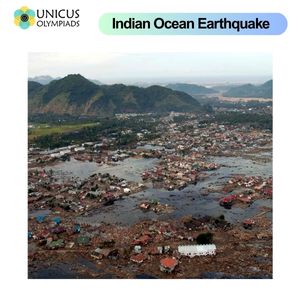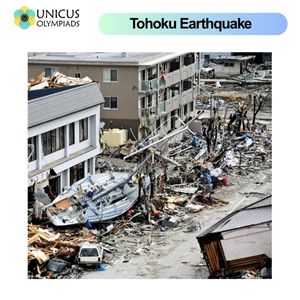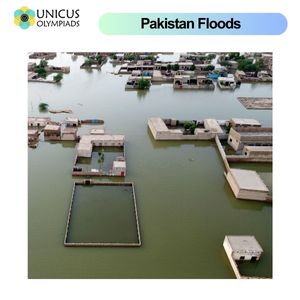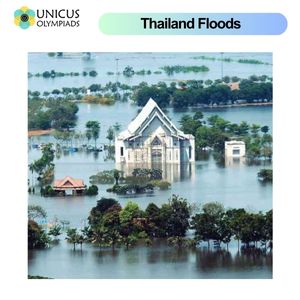

Natural disasters are catastrophic events caused by natural forces that result in significant damage to life, property, and the environment. Two of the most common types of natural disasters are earthquakes and floods. These events can occur suddenly, with little warning, and often leave communities devastated. In this section, we will explore the causes of earthquakes and floods, their impact, and highlight famous examples of these disasters from around the world.
Earthquakes are sudden and violent shaking of the Earth's surface caused by the release of energy from the movement of tectonic plates. These natural disasters can cause widespread destruction, including collapsed buildings, fires, and tsunamis.
Earthquakes are primarily caused by the movement of tectonic plates beneath the Earth's surface. When these plates grind against each other, stress builds up until it is released as seismic waves, causing the ground to shake.



Floods occur when water exceeds its normal level, inundating land that is usually dry. Flooding can happen due to a variety of reasons, including heavy rainfall, river overflow, or dam breaks. Floods often cause widespread damage to homes, infrastructure, and agricultural land, displacing millions of people.
Floods can be caused by several factors, such as heavy rainfall, melting snow, or a rise in sea levels. When the volume of water exceeds the capacity of rivers, lakes, or dams to contain it, it spills over, causing flooding in the surrounding areas.



Both earthquakes and floods have devastating consequences for affected regions. These disasters can lead to loss of life, property damage, displacement of people, and long-term economic hardships. In addition to these immediate impacts, they often lead to long-term effects such as food insecurity, spread of disease, and economic disruption.